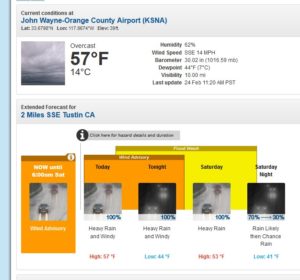Today is April 11th. The tax deadline is just seven days away.
What happens if you wake up and it’s April 18, 2023, and you can’t file your tax? File an extension. Download Form 4868, make an estimate of what you owe, pay that, and mail the voucher and check to the address noted for your state. Use certified mail, return receipt, of course. And don’t forget your state income tax. Some states have automatic extensions (California does), some don’t, while others have deadlines that don’t match the federal tax deadline (Hawaii state taxes are due on April 20th, for example). Automatic extensions are of time to file, not pay, so download the extension form and mail off a payment to your state, too. If you mail your extension, make sure you mail it certified mail, return receipt requested. (You can do that from most Automated Postal Centers, too.)
By the way, I strongly suggest you electronically file the extension. The IRS will happily take your extension electronically; many (but not all) states will, too.
But what do you do if you wait until May 18th? Well, get your paperwork together so you can file as quickly as possible and avoid even more penalties. Penalties escalate, so unless you want 25% penalties, get everything ready and see your tax professional next week. He’ll have time for you, and you can leisurely complete your return and only pay one week of interest, one month of the Failure to Pay penalty (0.5% of the tax due), and one month of the Failure to File Penalty (5% of the tax due).
There is a silver lining in all of this. If you are owed a refund and haven’t filed, you will likely receive interest from the IRS. Yes, interest works both ways: The IRS must pay interest on late-filed returns owed refunds. Just one note about that: The interest is taxable.
NOTE: If you reside in a federally declared disaster zone (for example, most of California), you have an automatic extension of time to file and pay; most Californians have until October 16th.

